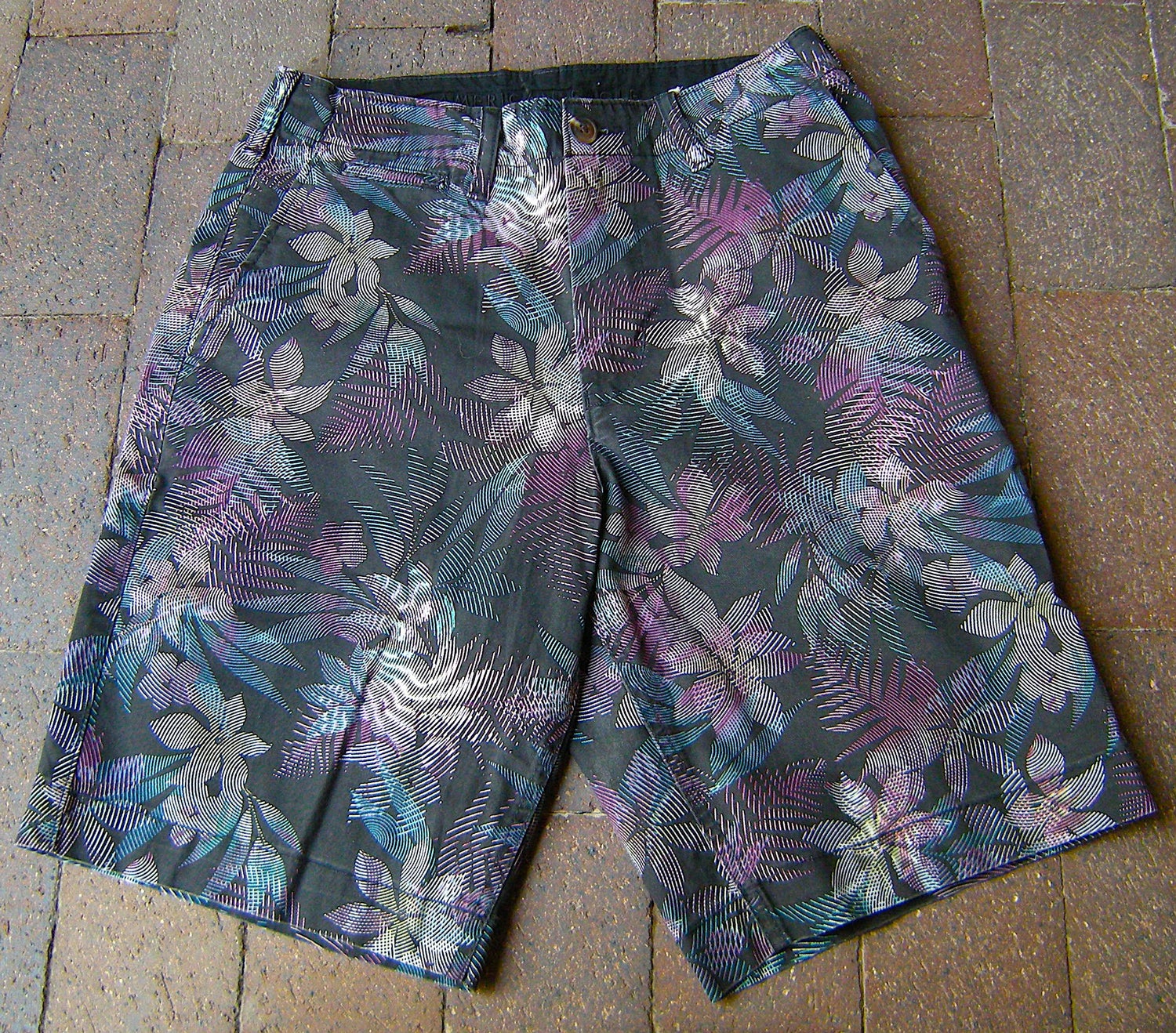A Labor Day Cry for Freedom
If you want workers to come back to the office, here's a thought: let them wear shorts
New perk: Easily find new routes and hidden gems, upcoming running events, and more near you. Your weekly Local Running Newsletter has everything you need to lace up! .
Malcolm Gladwell and Peggy NoonanĚýare concerned that many of you want to keep working at home, now and in the future, whether there’s a pandemic going on or not. I agree that you should start thinking about a return to the office, but I suggest that, before giving in, you deliver a nonnegotiable dress-code ultimatum to your employer that goes like this: Let the people wear shorts. I’ll come back to this theme in a moment, but first let’s review the Gladwell-Noonan policy positions.
During a recent on the podcast The Diary of a CEO, Gladwell, author of seven bestselling books, includingĚýThe Tipping Point and Blink, got genuinely emotional as he described what we’re losing culturally when people shun office life, such asĚýa sense of camaraderie, belonging, and shared purpose. “It’s not in your best interest to work at home,” he said. “I know it’s a hassle to come to the office, but if you’re just sitting in your pajamas in your bedroom, is that the work life you want to live? Don’t you want to feel part of something?”
Before that, in a Wall Street Journal op-ed called “,” Noonan, a prominent pundit who was a speechwriter during the Reagan administration, lamented the “transformation of work” that has led to more people avoiding offices for good, a shift that, she wrote, had been going on for a while and was “simply sped up and finalized by the pandemic.” She finds the change depressing, for a combination of nostalgic reasons (she loved office culture as depicted, um, 50 years ago in ) and more serious worries about productivity and the U.S. national spirit.
“There is something demoralizing about all the empty offices, something post-greatness about them,” she wrote. “All the almost-empty buildings in all the downtowns—it feels too much like a metaphor for decline.”
As often happens when people with big media platforms weigh in on anything, Gladwell and Noonan got trashed. Gladwell trended on Twitter for most of the day on August 7, with mockers pointing out that he’s written in the past about his preference for working alone in coffee shops. Noonan got keel-hauled by the online magazineĚýWonketteĚýin a story called “.”
The pile-on struck me as unfair. Gladwell, in fact, is part of an office culture: during the interview, he talks about employees who work for Pushkin Industries, an audio company he runs with his friend Jacob Weisberg. In addition to an office in Manhattan, Pushkin has an in Hudson, New York; Gladwell works with colleagues there in person. I have no idea where Noonan works, but I’m sure she knows enough about office life to have sincere thoughts about its decline. And they’re not the only people about this.
That said, I’ll add that their generalizations may not apply to the lives of large numbers of people, including me. For starters, I happen to love offices and never really abandoned ship: I’ve been working in the spacious Santa Fe HQ of şÚÁĎłÔąĎÍř since the spring of 2020, when I ignored a stay-at-home order issued by the governor of New Mexico and started sneaking back to the office instead. (Please don’t tell the governor I did this. She’s .)
I don’t just mean I’ve worn shorts at work on Luau Fridays. I mean I’ve tried to wear them seven days a week, 52 weeks per year, including in the dead of winter. It’s been a glorious revelation.
People have returned to work at the şÚÁĎłÔąĎÍř building (or not) in waves that ebb and flow in sync with their justifiable nervousness about the latest COVID-19 variant, and there have been times when it was pretty lonely in here. Before the pandemic, there were dozens of people scurrying around inside the two-story Santa Fe hub. During low tide in 2020, there were sometimes only four or five humans on the scene, plus the three turtles who swim in our courtyard fountain.
For me, that was fine. In addition to being able to concentrate fully because few others were around, I could shout in the hallways and check for echoes (there weren’t any; no flapping fruit bats, either), jog, jump rope, run an indoor mini-farm in my office using hydroponic gardening equipment, and, most precious of all, realize my lifelong dream of working in an office in shorts—without getting on my case.
And I don’t just mean I’ve worn shorts on Luau Fridays. I mean I’ve tried to wear them seven days a week, 52 weeks per year, including in the dead of winter. (Sometimes when it snows a foot or more, I break down and wear what women on Twitter call “”) This multiyear experiment in wardrobe liberty has been a glorious revelation—good for my health, mind, and soul—so I would say this (in a friendly way) to Gladwell and Noonan: You think we should all go back to the office? OK. As long as we can do it in shorts.
Or . In any event: #FreeTheLegs.






